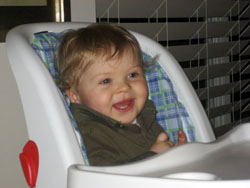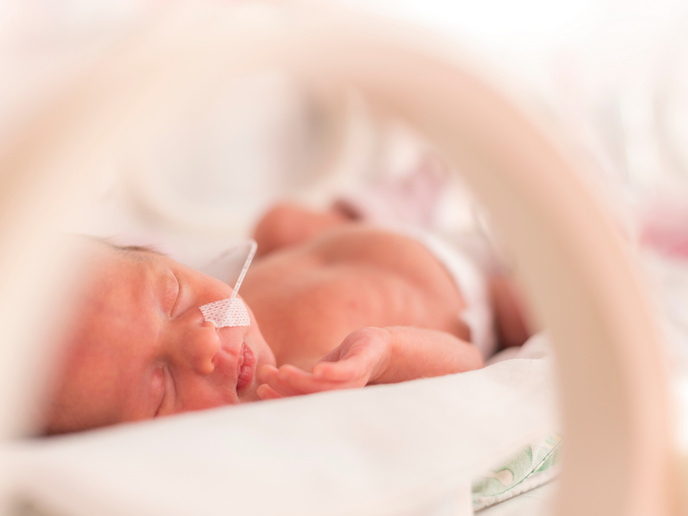Factors affecting the development of childhood allergies
The prevalence of allergic diseases (ADs) appears to have increased in children over the last twenty years, especially in the developed world. A child faces the greatest risk of developing an AD during infancy. Therefore, it is of great importance to identify antenatal and early-life predictors for ADs at this time. Recent studies showed that raised levels of the antibody immunoglobulin E (IgE) in cord blood (CB) provide an effective early marker for AD amongst children. Following a baby's birth its umbilical cord is cut. However, some blood remains in the part which remains attached to the baby. This cord blood contains all the normal elements of blood - red blood cells, white blood cells, platelets and plasma and proteins. The PLUTOCRACY project aimed to ascertain if there was a link between the level of CB IgE, the mother's AD status, and maternal exposures prior to the child's birth. Researchers interviewed expectant mothers from Belgium, Romania and Slovakia while in maternity hospital. The women's doctors completed a questionnaire regarding their patients' health. Both cord blood and blood from the mother were studied for IgE levels and other markers. Statistical analysis did not show a link between maternal AD and raised levels of CB IgE. However, the study did reveal a connection between living in a rural area or the presence of smokers at home, and elevated CB IgE. This information was used to develop prevention programmes such as encouraging pregnant women and members of their household to refrain from smoking.







